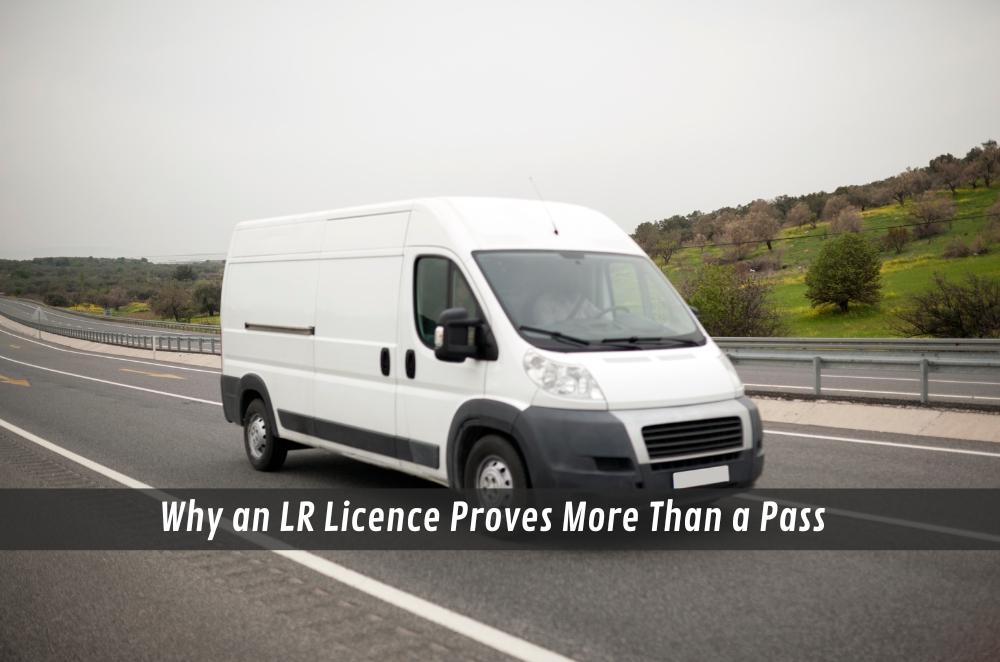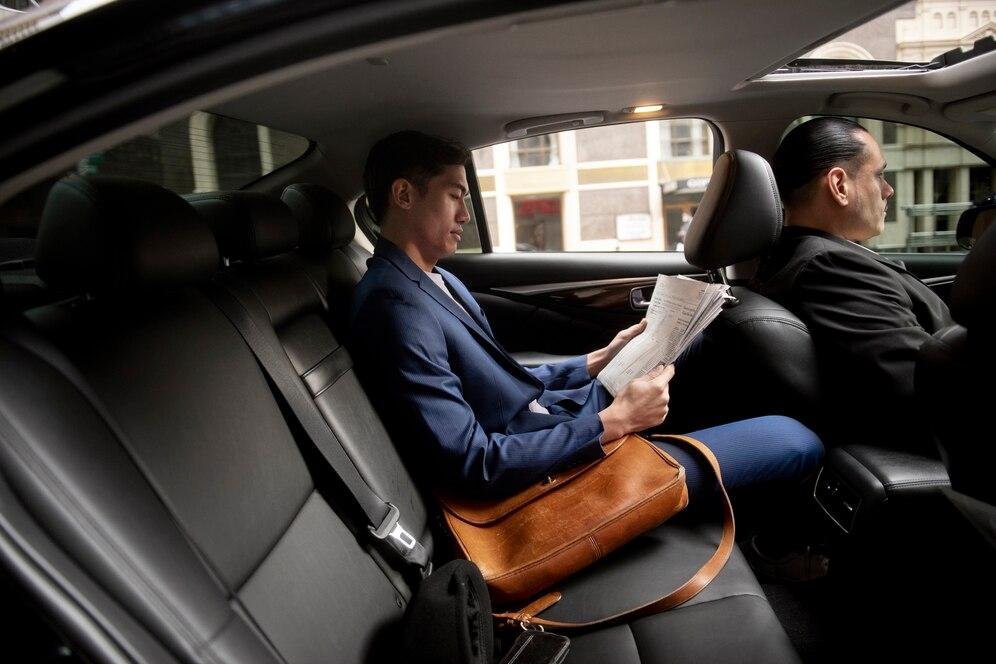Why an LR Licence Proves More Than a Pass

Getting an LR licence isn’t just a tick on paper; it proves you can manage weight, timing, and the unpredictability of the road. Passing the test is one step, but what matters is whether the training builds instincts for messy, real conditions such as heavy rain, tight traffic, or slipping deadlines. That’s why choosing a trusted LR licence school early saves a lot of stress. You need steady trainers, reliable trucks, and enough practice to build judgement. Too often, drivers scrape through the test only to stall on a loaded hill start. That is not real readiness. Confidence only comes when you practice the drills and skills until they hold without hesitation.
What does real LR readiness look like?
Real LR readiness looks like steady decisions under load when things do not go smoothly. It is not about theory; it is about actions under stress.
A solid LR course slows you down where it counts and smooths you out everywhere else. The best programs cover traffic, gradients, and bad weather, so your habits are tested properly. By the end, your mirrors, clutch, and hazard scanning should feel automatic. Courses that only tick boxes leave you exposed later. That is why focusing on practical LR licence training highlights what deserves your money and what does not.
-
Hill starts with weight in the tray
-
Commentary: driving until it becomes natural
-
Emergency braking until it becomes reflexive
Which LR training elements matter most?
The training elements that matter most are risk awareness, mechanical care, and clear communication. These set apart reliable drivers from those who only scrape through.
Employers notice drivers who check their gear properly, handle trucks with sympathy, and keep radios clear. Smooth gear changes and calm handling protect time and equipment, but judgment carries more weight. Spotting hazards early, managing deadlines alongside legal rest, and knowing when to hold back are habits that employers value. Trainers who demand these standards build drivers who are ready for more than just the test.
-
Pre-start checks done without shortcuts.
-
Clear and respectful radio calls
-
Tyres, brakes, and lights are checked routinely
When should you upgrade your LR?
You should upgrade your LR when your work, loads, or career direction push against the limits of your licence. Waiting too long risks safety and lost opportunities.
Think of the licence as a ceiling. If your day often involves near-capacity runs, long descents, or tight suburban schedules, then moving up sooner gives you more margin. Employers plan ahead and pay attention to drivers who step forward. When the timing is right, the upgrade lines up with steadier pay, safer habits, and stronger job prospects. That decision is often clearer once you gain a wider understanding of LR licence expectations across the industry.
Conclusion
An LR licence is more than a piece of paper. It lays the groundwork for safer driving, reliable work, and a better reputation on the road. Focus on training that shapes real habits, know the skills employers truly value, and make the move to the next level when your current licence starts holding you back. In the end, the licence is just the start; it is the confidence in your daily choices that carries real weight.








